-
Posts
7,083 -
Joined
-
Last visited
-
Days Won
250
Content Type
Profiles
Forums
Resource Library
Events
Gallery
Blogs
Store
Community Map
Everything posted by Warbonnet
-
It's quite likely that there will be a keg rerun soon. Just sayin!
-
Hi everyone, We’re getting set up for the Iarnród Éireann 175th anniversary of Inchicore Works open day tomorrow! If you’re lucky enough to bag a golden ticket we will see you along the tour. Having seen some of the exhibits we can assure you it is WELL worth attending! Not a bad backdrop either… We will be along side the Model Railway Society of Ireland for the day. Who else is coming along?? Cheers! Fran
- 42 replies
-
- 13
-

-

-
No, not this weekend I'm afraid!
-
Hi everyone, We're gearing up for Bangor this weekend and will be there with models for sale as well as decorated samples of our Magnesite wagons and our NIR Mark 2 coaches. Look forward to seeing you there! Cheers! Fran
-
LATEST DOUBLE DECKERS SELLING FAST! Our latest commission from Britbus, the Dublin Bus Volvo Olympians in the very attractive "Costal Tours" livery is now in stock and selling fast. When you see them on layouts like the lovely 'Barrytown' below, it's easy to see why! Perfect for your layouts, as well as your diecast collections, these beauties come with two fleet identities, two route destinations and livery differences between the two class members to give you the perfect variety on your layout. Limited to just 300 pieces each, they are sure to appreciate in value in the years to come like our previous commissions! Order yours for immediate delivery today: https://irishrailwaymodels.com/collections/exclusive-irm-buses/availability_in-stock? Cheers! Fran
-
Correct. The train we used for the As (which ended up taking longer than the boat in the end due to the messing in Belarus ahead of this carry on in Ukraine, rail strikes and scheduling) is no longer an option really. Boat is only way for now with air still absolutely off the wall price wise. We have great fun day to day in IRM HQ!
-
Exactly this. We only announce with samples now, as seen with the Mark 2 coaches and Magnesite wagons. Look out for decoration samples for both of those very soon.
-
With our original HOP AB/HAA hopper wagons on the high seas and due in stock in late April, it's time we turn our attention to the next batch in our large range of wagons based on these ubiquitous hoppers. Today we can show you the CDA wagons in EWS liveries, which will arrive with their DB liveried counterparts and the HCA hoppers in June, as production nears its end. As you can see in the photos above, our CDA wagons feature a wealth of detail and crispness which signifies 'The Accurascale Way'. A diecast chassis, brass bearings and 26mm pinpoint axles means smooth running and excellent performance on your layout. Particular attention has been paid to the detail differences over the traditional HAA wagons these were based on, such as the equipment at the wagon end, holes in the bodyside on one side, the underframe and of course, the hood/canopy. Given the flexibility of our tooling we can also cater for those wagons as built as CDAs from new, as well as those converted from HAA hoppers, giving the modellers a true variety in their wagon rake. Our livery choice of EWS and DB means modellers have a choice of a lengthy life span of these wagons. Tempted? At a price of just £74.95 for 3 wagons, and 10% off when you order two packs or more, why wouldn't you be? Pre-order yours via your local stockist, or by clicking here for delivery in June! View the full article
-
With our original HOP AB/HAA hopper wagons on the high seas and due in stock in late April, it's time we turn our attention to the next batch in our large range of wagons based on these ubiquitous hoppers. Today we can show you the CDA wagons in EWS liveries, which will arrive with their DB liveried counterparts and the HCA hoppers in June, as production nears its end. As you can see in the photos above, our CDA wagons feature a wealth of detail and crispness which signifies 'The Accurascale Way'. A diecast chassis, brass bearings and 26mm pinpoint axles means smooth running and excellent performance on your layout. Particular attention has been paid to the detail differences over the traditional HAA wagons these were based on, such as the equipment at the wagon end, holes in the bodyside on one side, the underframe and of course, the hood/canopy. Given the flexibility of our tooling we can also cater for those wagons as built as CDAs from new, as well as those converted from HAA hoppers, giving the modellers a true variety in their wagon rake. Our livery choice of EWS and DB means modellers have a choice of a lengthy life span of these wagons, with the EWS wagons still featuring in these trains today, allowing for a prototypical rake of current era hoppers. Tempted? At a price of just £74.95 for 3 wagons, and 10% off when you order two packs or more, why wouldn't you be? Pre-order yours via your local stockist, or by clicking here for delivery in June! View the full article
- 1 reply
-
- 6
-

-
Hi everyone, After a slight delay our Coastal Tours buses have arrived in stock and we have begun the packing of orders for dispatch. This model has been very popular indeed, so we anticipate that we will have all current pre-orders packed and sent out by post by tomorrow afternoon. With well over half the run pre-sold we advise getting orders in ASAP for the remaining balance of stock. Two fleet numbers, two destinations, one place to order; exclusively via IRM right here: https://irishrailwaymodels.com/collections/exclusive-irm-buses/availability_in-stock? Cheers! Fran
-
Hi everyone, Just a mere 9 packs of gypsum pack D left, and then that's it for the gypsum hopper run! Don't miss out: https://irishrailwaymodels.com/collections/gypsum-ore-wagons/products/cie-ir-gypsum-ore-wagon-triple-pack-d Cheers! Fran
-
It's been a long time coming, and we've been bursting to show you the first of our decorated Class 37 samples to all of you who couldn't make the recent shows at Model Rail Scotland and the London Festival of Railway Modelling. So, here is the first reveal, Accurascale Exclusive 97301 in Network Rail livery. Oh boy! We will be showing further livery examples in the coming weeks, and providing a full update on delivery (on course from Q3 2022) when we receive them all, but in the meantime here is some lovely close ups of what our EE Type 3 will look like. Enjoy! Usual caveats around fit and finish naturally apply, after all it's just an engineering sample sent for critiquing and correction, but we think you will agree that they are shaping up rather nicely. Tempted? Of course you are! Our 37s have been very popular on pre-order, and 97301 is already fully sold out on pre-order. However, if you sign up to our email list on our website as per below you will be prompted should any come into stock via order cancellation. Browse the full range right here! View the full article
-
It's been a long time coming, and we've been bursting to show you the first of our decorated Class 37 samples to all of you who couldn't make the recent shows at Model Rail Scotland and the London Festival of Railway Modelling. So, here is the first reveal, Accurascale Exclusive 97301 in Network Rail livery. Oh boy! We will be showing further livery examples in the coming weeks, and providing a full update on delivery (on course from Q3 2022) when we receive them all, but in the meantime here is some lovely close ups of what our EE Type 3 will look like. Enjoy! Usual caveats around fit and finish naturally apply, after all it's just an engineering sample sent for critiquing and correction, but we think you will agree that they are shaping up rather nicely. Tempted? Of course you are! Our 37s have been very popular on pre-order, and 97301 is already fully sold out on pre-order. However, if you sign up to our email list on our website as per below you will be prompted should any come into stock via order cancellation. Browse the full range right here! View the full article
-
You know, we recorded Lima sounds onto a Loksound, but I've got the plague so couldnt do our original plan of filming a video for it. I'm gutted! We will film it when I'm out of isolation though and stick it up!
-
Hi everyone, We all know the story... Many years ago an Italian model railway manufacturer produced its Class 33 locomotive in CIE orange and black livery to replicate the Irish Metrovicks. It inspired us to one day make a proper model of the Metrovicks which we delivered under our 'IRM' banner late last year. So, why not reverse the roles, and produce a Class 33 based on an Irish Metrovick for Accurascale? Well, we have! Presenting the Class 33 by Accurascale, featuring some retro touches of yesteryear following research for feedback on social media and of course, YouTube comments sections. Does it look like a 33 from 25 ft away? Kinda! Sprung buffers? Pah! Who needs them? We hark back to the plastic grey, rigid goodness of the good old days! Tension locks that look like bumpers from a 1980s Saab? Certainly! Just drink in the pinnacle of "That'll do" model railway manufacturing, just like it was all those years ago... We launch with 33 056 "The Burma Star" as a homage to that old model, with others to follow based on YOUR suggestions! Let us know below what liveries you'd like to see, and place your pre-order via your local stockist. Cheers! Fran
- 60 replies
-
- 18
-

-

-
The major drawback of Facebook groups are that it's very hard to search for previous content, or find anything that's not current. So, if you wanted to find that modelling tip you saw a few months previous, hard luck or be prepared to do a lot of scrolling and hoping. Forums are better at indexing that stuff and having it more searchable. This is why we try to insist keeping things on topic, as it makes it easier to find later on for members. And not many groups (or indeed forums) gave birth to a model railway manufacturer! Cheers! Fran
- 32 replies
-
- 13
-

-
In fairness you’d get grumpy if your bosses inflicted nonsense advertising onto the platform you manage and expect you to deal with the moans, and having to deal with some of the space cadets posting baseless shite that happens on forums. Modding is a thankless task. In person he’s a smashing guy, bit like the owner of this forum. He has also been a massive help in getting the IRM/Accurascale gospel out there, particularly in those early days. Thankfully on here there is no need to bombard you with same, just the odd bit of shameless IRM promoting by myself. End of the day the forum here is thanks to @BosKonay, and there would be no IRM either without him! Cheers Fran
- 32 replies
-
- 21
-

-

-
And then there were two.... A55 has now indeed sold out, leaving just A42 and A30 remaining. Flying pickle and silver machine, with not many of either left! Australia is beginning to open up once again, and we are in talks with our friends at ESU about the sound recording of a Crossley loco. As we said before, once we have concrete news we will let you all know, but things are beginning to look a bit more positive... Cheers! Fran
-
Our latest announcement are four additional Brush Type 2 locomotives to our launch range, with the new stablemates featuring London Underground trip-cock gear and other detail differences never before seen on a model of these charismatic locomotives. For peak-hour Monday-Fridays suburban services from Moorgate on the City Widened Lines to Welwyn Garden City and Hertford North, 61 Hornsey, later Finsbury Park and Hitchin, Brush Type 2s were delivered with London Underground trip cock gear, D5586-5615/22-7/39-54/71-9, the major spotting feature being the operating lever on the side of the bufferbeam cowling on the secondman's side. Six of these, D5671-6, were fitted with Whitaker-style tablet catchers in the early 1960s for use on Highdyke iron ore branch in Lincolnshire and retained their recesses well into the 1980s, long after the equipment had been removed. A further eight of the trip-cock locos were uprated with ETH equipment between 1971-5 for ECS workings out of King's Cross and other London terminals, becoming 31401/2/3-5/7/8/20. Four new locomotives featuring these detail differences, never before offered on a high quality, ready-to-run (RTR) model will now join the first run of the our Class 31 line up, across four new running numbers and liveries. D5615 brings great news to many modellers who were surprised by the lack of a BR green, small yellow panel Brush 2 in the initial range. It will appear in BR green, small yellow panel with trip-cock gear and has the Mirrlees "production" style of exhaust which has also never been done before on a high spec OO/4mm model of the Brush Type 2. This will be one of two locomotives in green, with 5674, in BR green with full yellow panel, BR logo, trip-cock gear and tablet catcher recess also joining the fleet. For BR blue era fans, two additional Class 31s in this guise join the range, including another long awaited Class 31/4. 31402 will come complete with trip-cock gear and additional roof panel from its time earlier in life when it was uprated to 1,600hp in yet another Accurascale Class 31 first. The quartet is complete by 31248 in BR blue with trip-cock gear and tablet catcher recess. Naturally, the specification of these four models mirrors the unbeatable list from our first announcement as we continue our ambition to lead the hobby. As well as our standard and well regarded traction, light and sound package, our Class 31 features working radiator fans – driven from a separate motor – and separately switched tail lights, allowing not just the either end to be illuminated as required, but also individual tail lights or both depending on era. Utilising our standard specification of ESU PowerBank capacitors for smooth uninterrupted running, ESU Loksound 5 decoder with bespoke DCC sound package and twin speaker set up, including ‘AccuraThrash’ bass reflex speaker it promises to catch the characterful thrash of the real locomotives. It will also include a wheel flange sensor, automatically playing flange squeal on sound fitted locomotives as they hit curved track for extra realism on factory fitted DCC sound models. Both DC and DCC sound options are available on all locomotives except D5615, as per D5549 it requires sound recording of a Mirrlees power unit, which we are currently looking for to record. Should our search yield an operational power unit that can be recorded, then DCC sound fitted options of these locomotives will be made available. With a DC/DCC ready price of just £169.99 DC/DCC ready, and £269.99 DCC sound fitted, we are once again demonstrating their commitment to offering the very best quality, realistic models at realistic prices for the modeller. Pre-production samples will be available to view at our stand at the London Festival of Model Railway this weekend. These locomotives can now be pre-ordered via your local Accurascale stockist, or direct via our website for delivery in Q2, 2023. To browse the range, click here. View the full article
-
- 7
-

-

-
Our latest announcement are four additional Brush Type 2 locomotives to our launch range, with the new stablemates featuring London Underground trip-cock gear and other detail differences never before seen on a model of these charismatic locomotives. For peak-hour Monday-Fridays suburban services from Moorgate on the City Widened Lines to Welwyn Garden City and Hertford North, 61 Hornsey, later Finsbury Park and Hitchin, Brush Type 2s were delivered with London Underground trip cock gear, D5586-5615/22-7/39-54/71-9, the major spotting feature being the operating lever on the side of the bufferbeam cowling on the secondman's side. Six of these, D5671-6, were fitted with Whitaker-style tablet catchers in the early 1960s for use on Highdyke iron ore branch in Lincolnshire and retained their recesses well into the 1980s, long after the equipment had been removed. A further eight of the trip-cock locos were uprated with ETH equipment between 1971-5 for ECS workings out of King's Cross and other London terminals, becoming 31401/2/3-5/7/8/20. Four new locomotives featuring these detail differences, never before offered on a high quality, ready-to-run (RTR) model will now join the first run of the our Class 31 line up, across four new running numbers and liveries. D5615 brings great news to many modellers who were surprised by the lack of a BR green, small yellow panel Brush 2 in the initial range. It will appear in BR green, small yellow panel with trip-cock gear and has the Mirrlees "production" style of exhaust which has also never been done before on a high spec OO/4mm model of the Brush Type 2. This will be one of two locomotives in green, with 5674, in BR green with full yellow panel, BR logo, trip-cock gear and tablet catcher recess also joining the fleet. For BR blue era fans, two additional Class 31s in this guise join the range, including another long awaited Class 31/4. 31402 will come complete with trip-cock gear and additional roof panel from its time earlier in life when it was uprated to 1,600hp in yet another Accurascale Class 31 first. The quartet is complete by 31248 in BR blue with trip-cock gear and tablet catcher recess. Naturally, the specification of these four models mirrors the unbeatable list from our first announcement as we continue our ambition to lead the hobby. As well as our standard and well regarded traction, light and sound package, our Class 31 features working radiator fans – driven from a separate motor – and separately switched tail lights, allowing not just the either end to be illuminated as required, but also individual tail lights or both depending on era. Utilising our standard specification of ESU PowerBank capacitors for smooth uninterrupted running, ESU Loksound 5 decoder with bespoke DCC sound package and twin speaker set up, including ‘AccuraThrash’ bass reflex speaker it promises to catch the characterful thrash of the real locomotives. It will also include a wheel flange sensor, automatically playing flange squeal on sound fitted locomotives as they hit curved track for extra realism on factory fitted DCC sound models. Both DC and DCC sound options are available on all locomotives except D5615, as per D5549 it requires sound recording of a Mirrlees power unit, which we are currently looking for to record. Should our search yield an operational power unit that can be recorded, then DCC sound fitted options of these locomotives will be made available. With a DC/DCC ready price of just £169.99 DC/DCC ready, and £269.99 DCC sound fitted, we are once again demonstrating their commitment to offering the very best quality, realistic models at realistic prices for the modeller. Pre-production samples will be available to view at our stand at the London Festival of Model Railway this weekend. These locomotives can now be pre-ordered via your local Accurascale stockist, or direct via our website for delivery in Q2, 2023. To browse the range, click here. View the full article
-
- 1
-

.png.c363cdf5c3fb7955cd92a55eb6dbbae0.png)
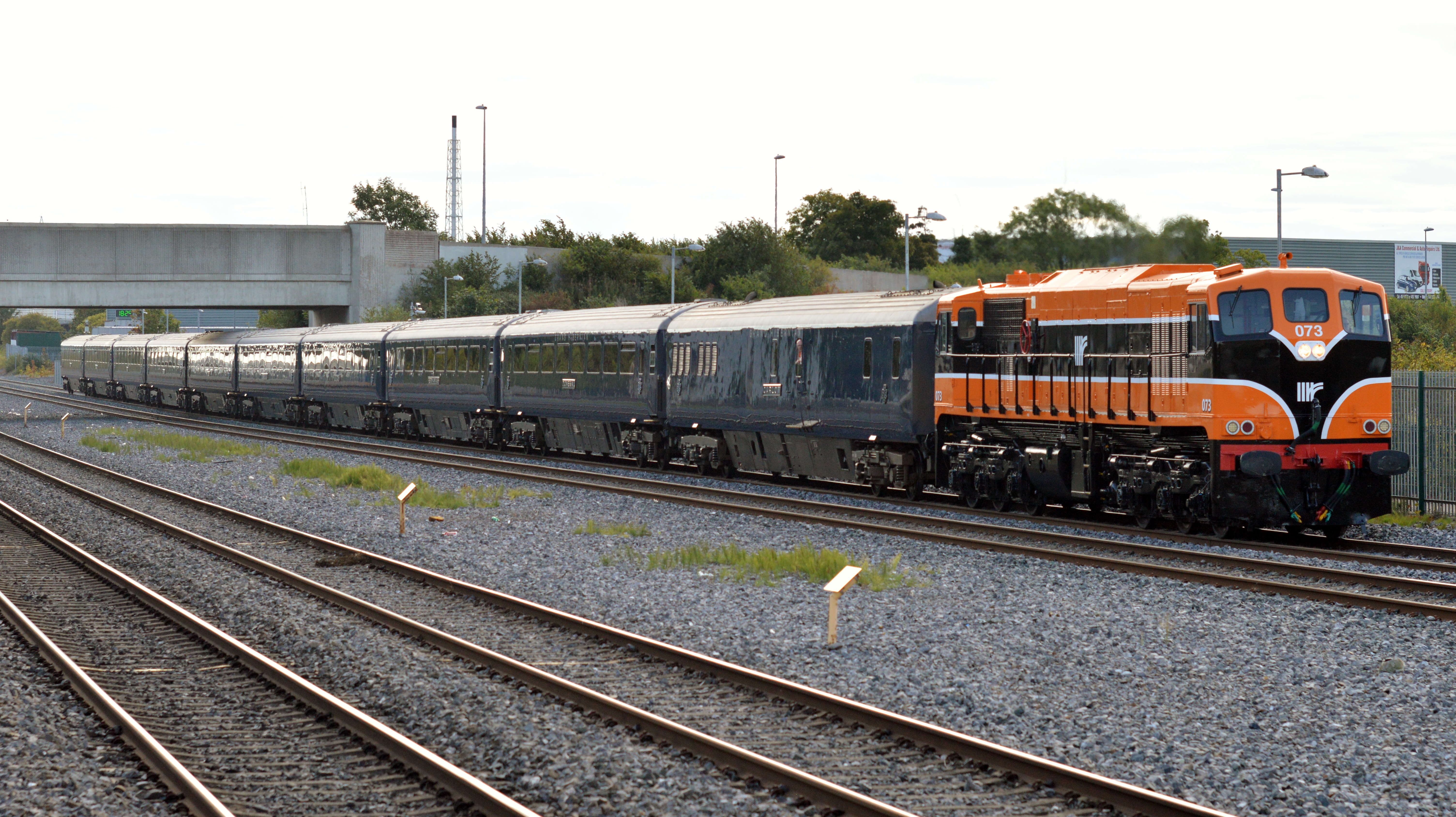
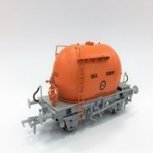


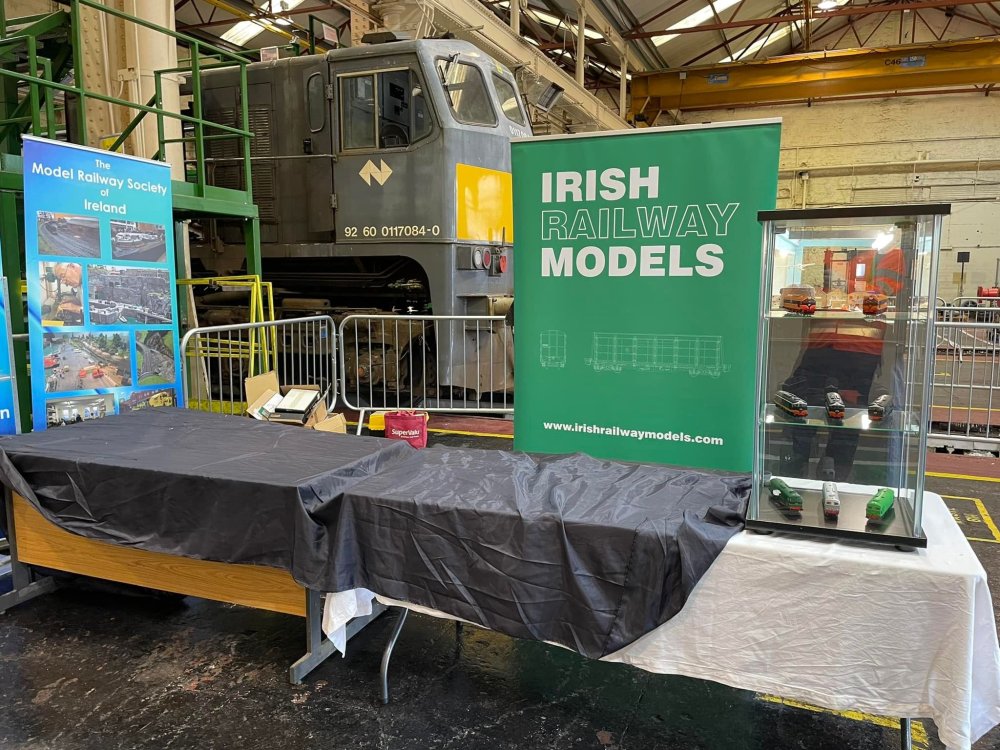
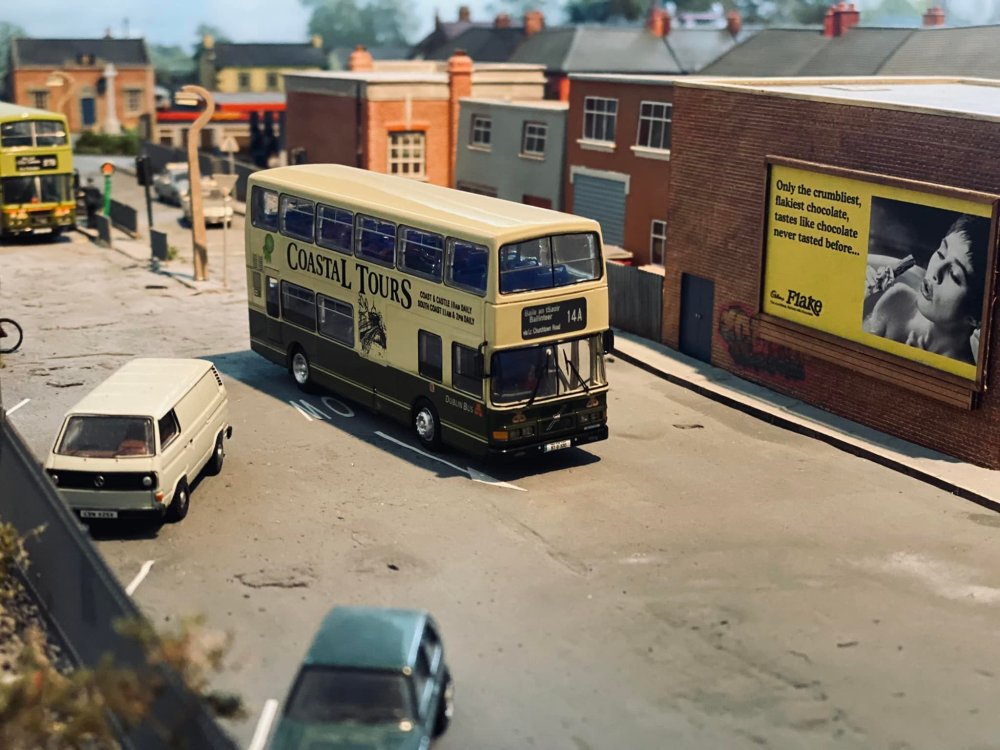
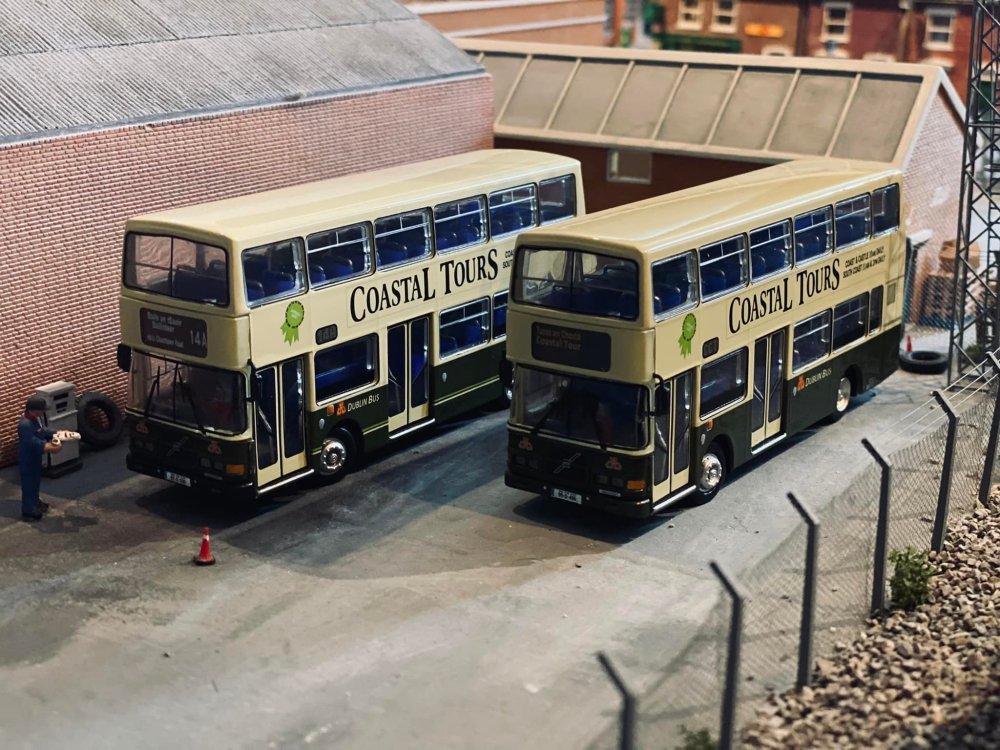
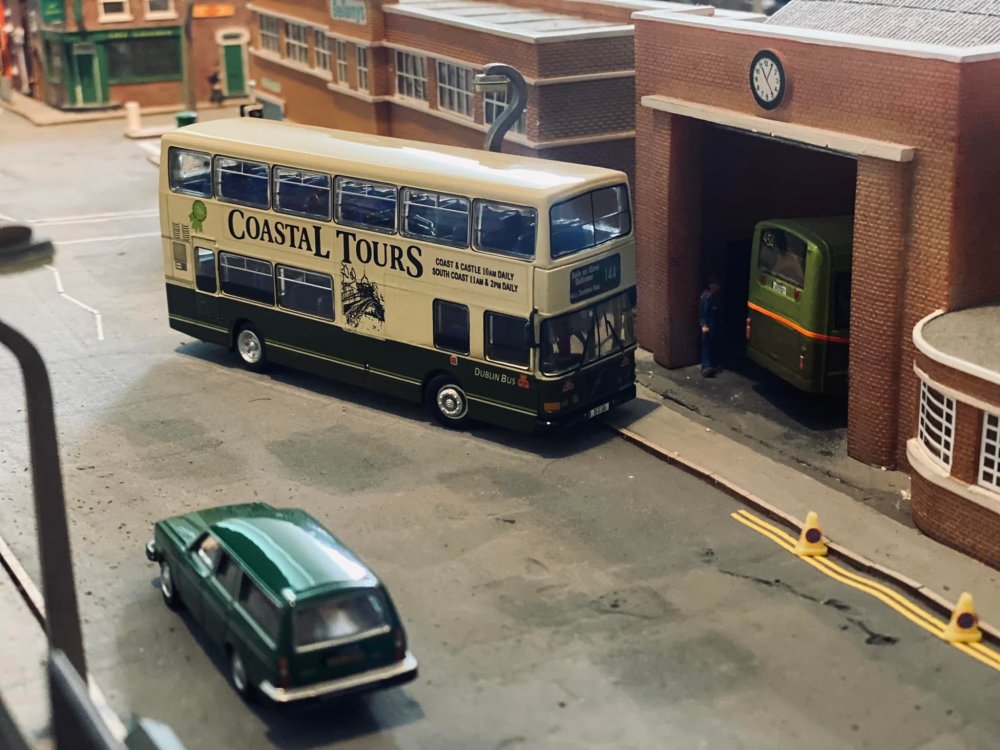
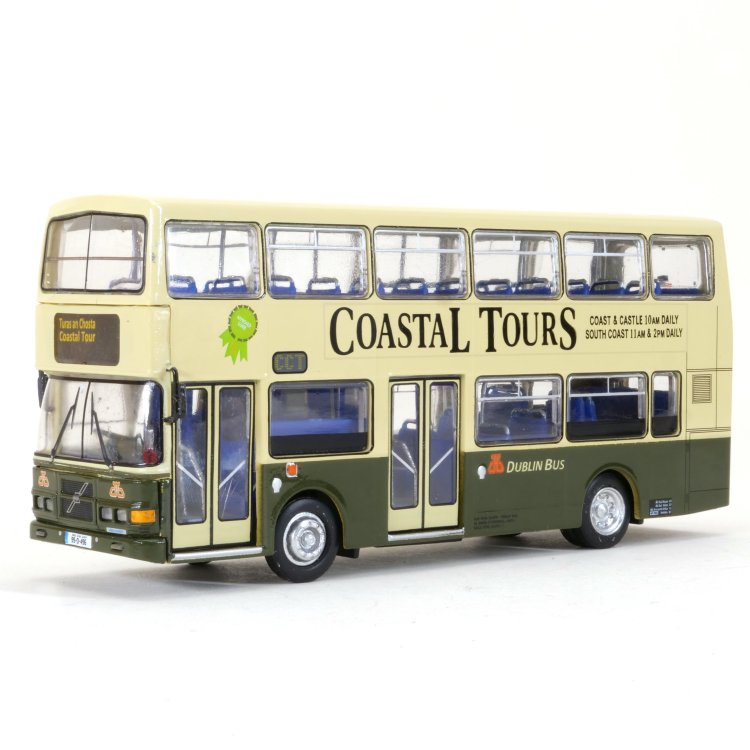
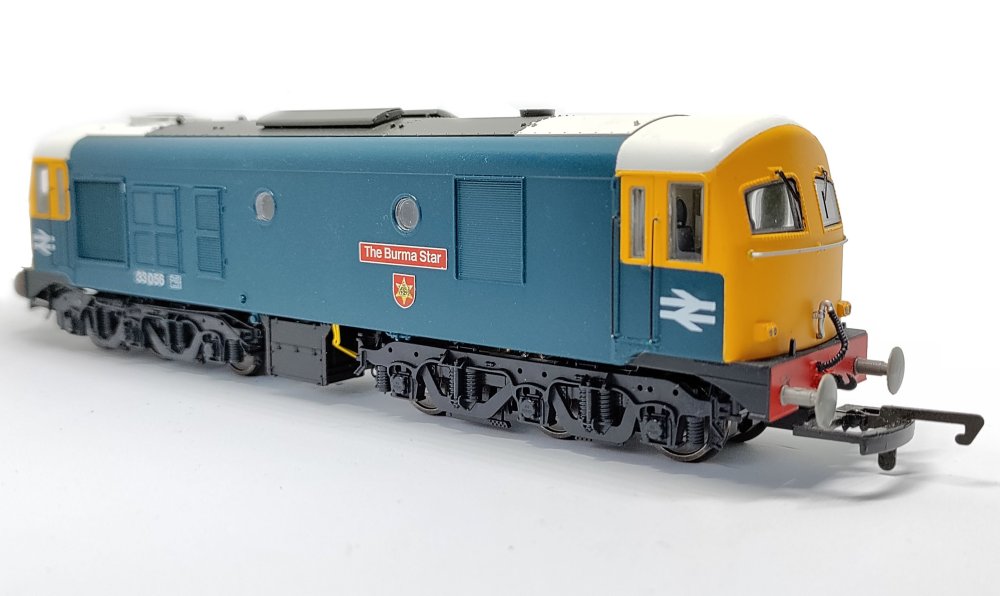
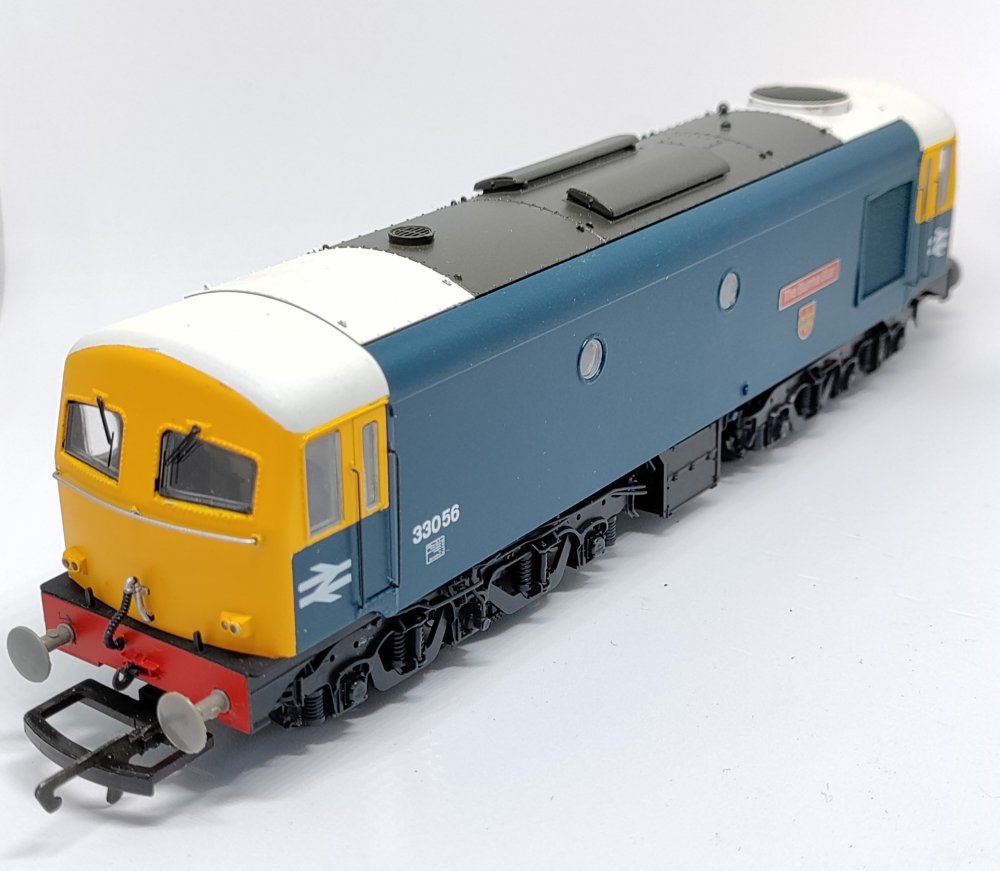
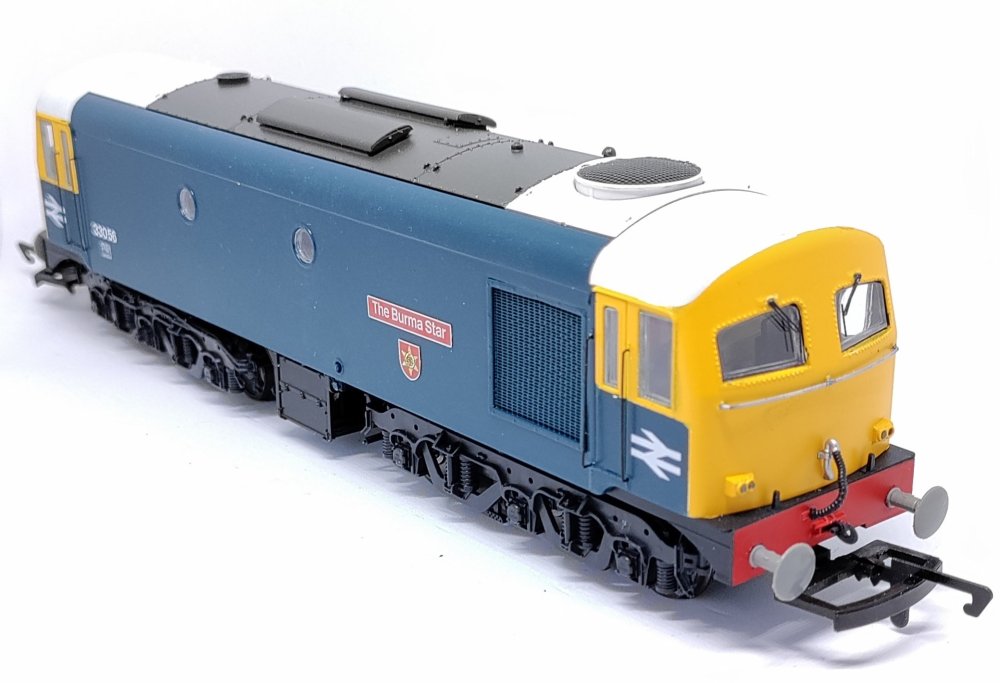
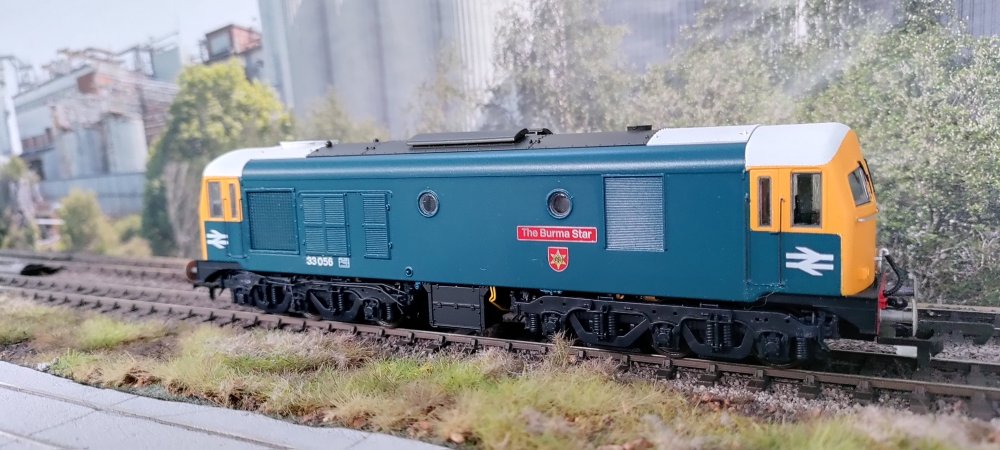

.thumb.jpg.e5e38366e65c6479c182fa450c6810c0.jpg)